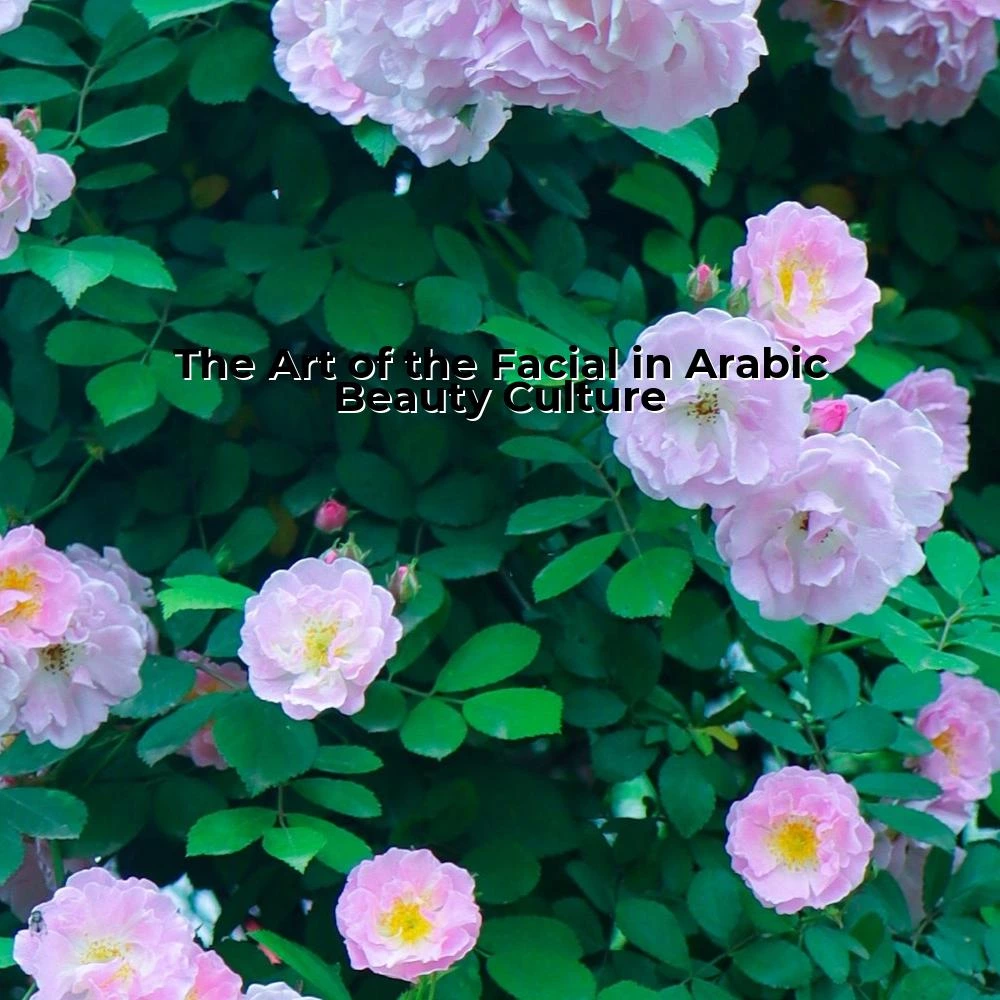The Art of the Facial in Arabic Beauty Culture
| Visit:91

The Art of the Facial in Arabic Beauty Culture
The artistry of facial beauty rituals holds a significant place in Arabic aesthetics and self-care practices. This article delves into the cultural significance and methods of the facial in Arabic beauty culture.
Facial rituals in the Arabic world date back to ancient times when beauty was perceived as a reflection of spiritual purity. Many renowned queens, such as Cleopatra, used exquisite recipes for facials to achieve radiant skin. Today, these age-old methods have evolved into an indispensable part of the modern Arabic beauty regime, admired by cosmetic professionals worldwide.
Techniques of applying facial treatments vary across different regions and tribes in the Arab world. However, there are universal principles that are adhered to across the board. These approaches are based on the rich diversity of Arab geography and the bounty of natural resources that the region is endowed with.
For instance, honey, olive oil, and natural clays like Bentonite found in abundance in Arabic regions are popular facial ingredients. Honey is a natural humectant that leaves the skin hydrated, while olive oil, rich in vitamin E, promotes regeneration and elasticity. Bentonite clay is known for its detoxifying properties, making it a favorite among Arabic women to cleanse the skin deeply.
Online platforms such as www.ciellulu.net provide a host of facial in Arabic beauty treatments that continue to be embraced by various generations. These natural skincare practices offer a wide variety of benefits, showcasing the depth and diversity of the Arabic beauty culture.
In addition to these traditional ingredients, Arabic facial rituals also incorporate massage techniques. Facial massages are a crucial aspect of the process as they stimulate blood flow, decrease puffiness, and help the skin absorb nutrients more efficiently. The practice of face massage has been passed down through generations, a testimony to its effectiveness and the value Arabs place on holistic beauty.
Furthermore, steam treatment is another critical aspect of the facial procedure. Steaming the face before applying treatment helps open the pores, thus enabling the skin to absorb the nutrients better from the facial masks.
Now, regarding the efficacy of these facial treatments, several scientific studies support their benefits. For instance, honey is known to contain antimicrobial properties that aid in acne prevention. Similarly, the high vitamin E content in olive oil presents a robust defense against skin-damaging oxidative stress. Notably, Bentonite clay has an incredible capacity to draw out toxins and impurities clogged in the pores, thus making the skin clean and refreshed.
In conclusion, Arabic beauty culture is deeply rooted in ancient wisdom and leverages the bountiful resources nature provides. Facials, seen as the cornerstone of skincare in Arabic culture, is a practice that continues to enrich, evolve, and inspire beauty trends around the globe. The facial in Arabic beauty tradition showcases the ingenuity of past generations and their understanding of the natural world. By incorporating these practices into daily routines, an individual can potentially achieve and maintain a healthy glowing complexion. As a physician, it is essential to understand practices like facial in Arabic beauty culture to better foster a diverse approach to skincare.




 Ciellulu Laser - Facial Machine Supplier
Ciellulu Laser - Facial Machine Supplier

